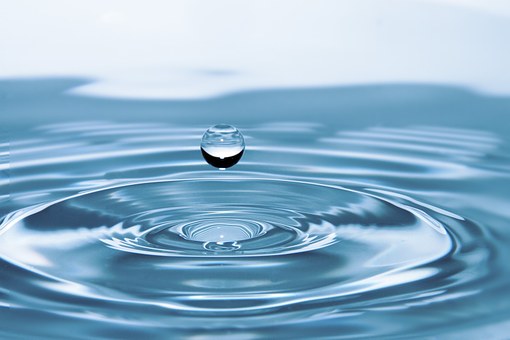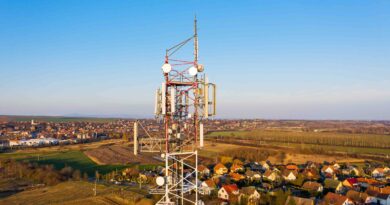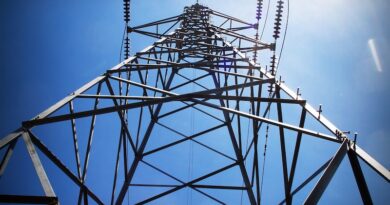Assessing Global Drinking Water Potential From Electricity-Free Evaporation Device
A Nature Communications study discusses potential benefits from using an electricity-free evaporation device to create global drinking water.
According to Nature Communications, safely managed drinking water (SMDW) is an urgent requirement for people worldwide and has been included in the Sustainable Development Goals (SDG) 6.1 framework1,2. For better drinking water accessibility, global populations tend to live close to surface freshwater sources. Even in arid areas that suffer from limited surface water bodies, the median population distance to surface water is 4.3 km for Northern Africa and 4.8 km for the Middle East3. Meanwhile, ~ 95% of the population without SMDW live in areas with over 20 cm of annual precipitation (Supplementary Fig. 1). Surface water, groundwater, and rainwater collectively comprise the water source for the population without SMDW3,4. However, over 2 billion people still suffer from unsafe drinking water by 2015, which mainly arises from limited water treatment and poor water management. This situation has become particularly acute for populations in remote areas, who are concurrently threatened by unmanaged water sources, poverty, underdeveloped purification technology, and isolated population distribution. Traditional routes of centralized water treatment to ensure SMDW are energy- and capital-intensive and rely on the scale advantage to minimize the treatment cost.




